Pottermore is J.K. Rowling’s new website. It officially opens in October, but in July, a one-week trivia competition was held that enabled the first million users who were able to answer the questions correctly to obtain entry as beta testers. Welcome letters were rolled out slowly to control the numbers of new members added and enable the site managers to keep up better with beta tester suggestions. Members of my immediate family—husband Steve, daughters Sarah and Maggie, and me—received their Pottermore welcome letters this week. We weren’t sure if Dylan would want to worry with it or not, so he doesn’t have a membership yet. After playing with the site for a while, here are my spoiler-free impressions.
The interface is charming, but as you might imagine, very dependent on flash. It works better in my Safari browser than my Firefox browser. Steve reports it clunky to use in Google Chrome, but I haven’t tried it in that browser. If you are finding the site hard to use, I would suggest trying a different browser. Of course, some of those issues should be worked out by October.
Once you are inside the story, you follow the plot of [amazon_link id=”1855493942″ target=”_blank” ]Harry Potter and the Philosopher’s Stone[/amazon_link] (or [amazon_link id=”054506967X” target=”_blank” ]Harry Potter and the Sorcerer’s Stone[/amazon_link] for those Muggles who change to American English in the settings, I guess). You learn more about how Vernon and Petunia met and courted, and you learn more about Lily and Petunia’s relationship. My other advice is to mouse over and try to click on everything. You just never know what it will do.
Once Hagrid comes to give you your letter, you get to go to Diagon Alley, and it’s a real treat. Not all of the shops are unlocked. I imagine you access them as you reach the book where they are first mentioned. By far, the coolest part of the trip is buying your wand. You answer a series of questions, and then a wand chooses you. Mine is 10¾-inches, sycamore, phoenix-feather core, hard. I am a true Harry Potter geek because honestly, getting my wand made me a little teary! Once you have your wand, you have access to all kinds of new content on wand cores and woods as well as Mr. Ollivander. All of it easily some of the most fascinating information you can learn during the first book phase of Pottermore. All I will say about it is that I think the descriptions of my wand wood and core are an accurate reflection of my personality (and so are Steve’s, Maggie’s, and Sarah’s). It’s also fun to look up what it says about the wand woods and cores for other people in the series whose wand construction you know about (such as Harry, Ron, Hermione, Neville, Draco, Voldemort, Bellatrix, etc.). Sarah, for instance, has the exact same wand wood and core as Cedric Diggory. In many ways, I think she is like him: humble, unassuming, a really nice person and yet a star in Hufflepuff house.
After you get your wand, the next big deal is being sorted into your house. Let’s just say it’s more interesting if you want to learn more information NOT to be sorted into Gryffindor. During the Sorting Ceremony, you answer a series of questions, and I will not share any of them with you. Rowling has said that no two people necessarily get the same set, but she feels supremely confident in the results. I have to say I think the four of us who took it were put in the houses where we should be. I am in Ravenclaw. Sarah and Maggie are in Hufflepuff. Maggie was a little surprised about that, but I’m not. She thinks she wanted Ravenclaw, but she’s not crazy about books and school to the extent I think Ravenclaws might be. Both Sarah and Maggie are incredibly smart, but the hallmark of their personality is the more Hufflepuff traits of sweetness and kindness they share. Steve is in Slytherin, which is no surprise as I have never seen a Sorting Hat quiz place him anywhere else. He is already strutting around like he owns the place. Typical. You learn some interesting information about Neville and Hermione’s sortings, and let’s just say if you’re a Neville fan, it will make you tear up. You also learn more about Flitwick and McGonagall’s sortings.
Once you are sorted, you are welcomed to your house common room by your prefect, who tells you the history of your house (unless you are in Gryffindor, in which case you are really just referred to the books). You learn the names of the prefect in the your house (or at least one of them), which is something you never learn in the books until the second book, and you learn about which famous witches and wizards were in your house. You also learn how each house sees itself. In the books, we get Gryffindor’s rather limited view of each house. You also learn how your house tends to feel about members of the other houses. It’s all very interesting.
As you progress through the site, you learn more about certain characters and objects. McGonagall’s backstory is revealed, and it’s perhaps one of the single most interesting things about Pottermore so far. You learn how to brew potions, but right now that feature is extremely buggy. I am hoping they work out some of the kinks soon. If it tests my patience, then I can’t imagine a child would stick with it! Some issues I’ve noticed is that it often acts as though you haven’t begun the process of brewing a potion, but it still ties up your cauldron, so you have to do the first steps over and over again until it recognizes that a potion has been brewed, all the while still using up the stores of your ingredients. I hope they will make the bottles easier to manage and that they will make heating a little easier. Points should be awarded differently depending on the difficulty of the potion. The easiest potion earns you the same amount as the harder ones, so I have taken to brewing the easier one, which is very Slytherin of me, but can you blame me? I am not looking forward to having to brew Polyjuice Potion in [amazon_link id=”0439064872″ target=”_blank” ]Harry Potter and the Chamber of Secrets[/amazon_link] unless they work out the kinks!
As of right now, the houses seem fairly evenly divided in terms of numbers. Ravenclaw has nearly 1,000 members more than the next closest house, but a difference of less than 2,000 members divides the house with the most members and the house with the fewest out of nearly 100,000 members (as of this writing). I think that surprised me, but I’m not sure why. They always seemed evenly divided in the books, too. I do think the house placements are quite thoughtful and accurate, at least the members of my family’s placements were, so I can’t imagine it’s randomly sorting people.
Overall, I think it’s a brilliant site, and it promises to have something for everyone: games if that’s what you’re after, and new, exclusive information for those fans who have been looking for that encyclopedia. Waiting for new books to be added to Pottermore promises to replicate the wait for the books in print with the added bonus that new content can be added all the time. At any rate, it should keep Harry Potter fans busy.
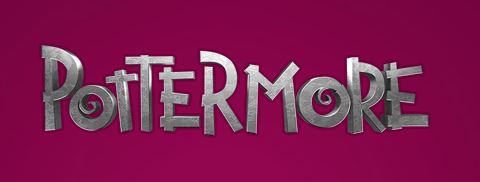

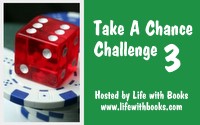


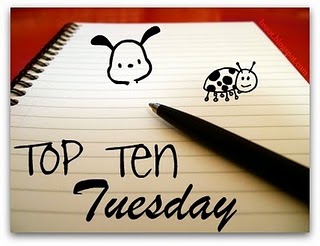





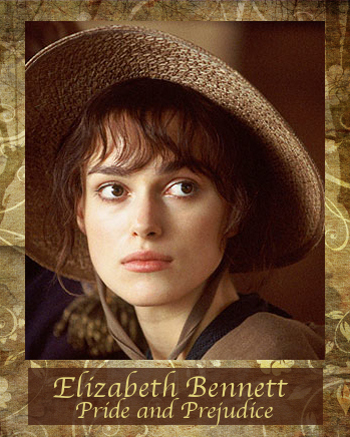
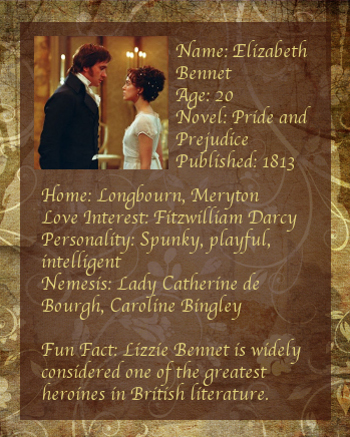
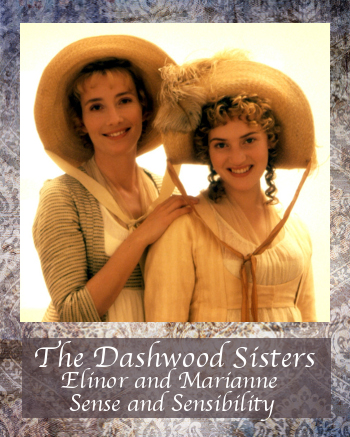
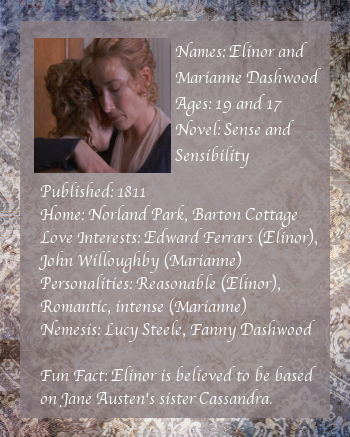
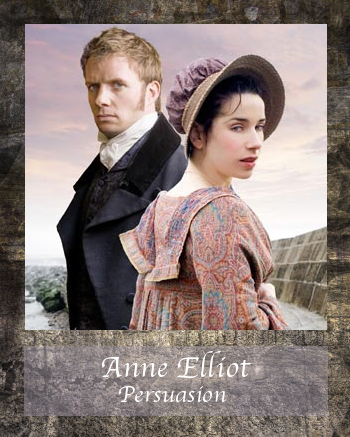
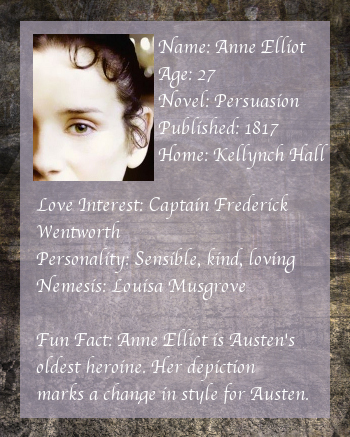
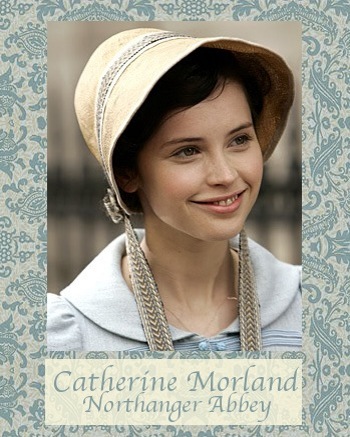
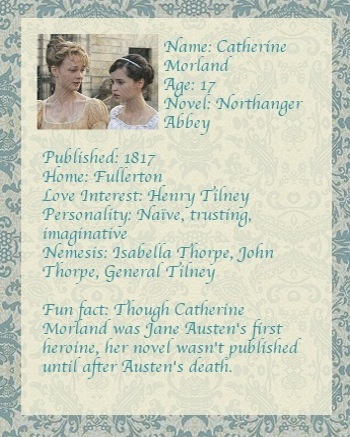
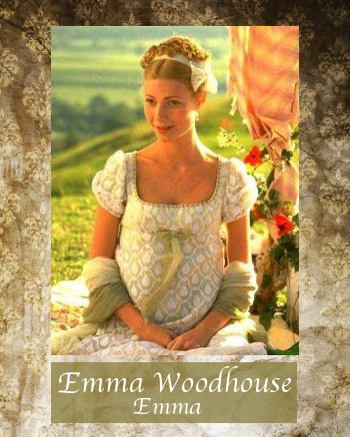
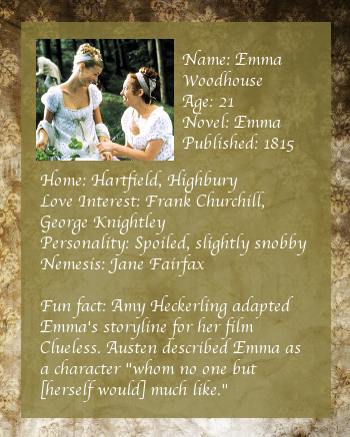
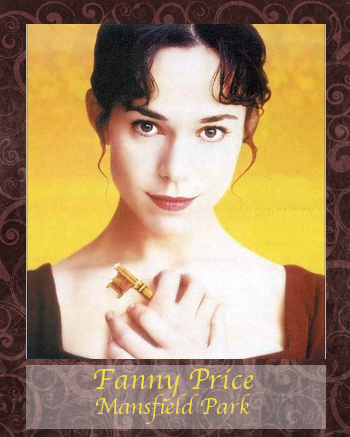
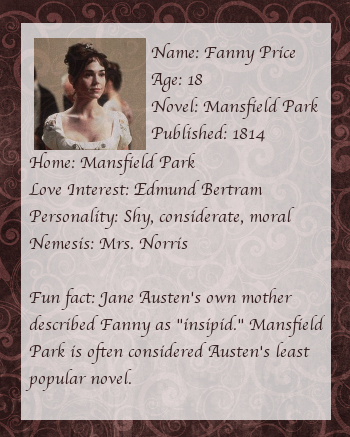

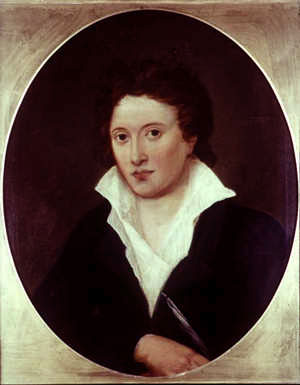
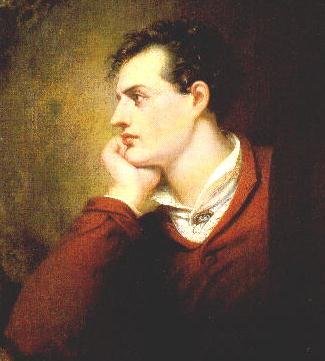
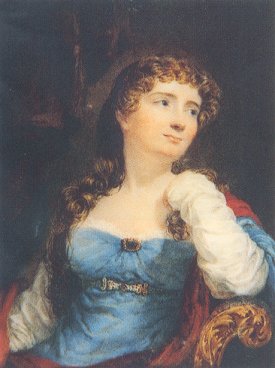
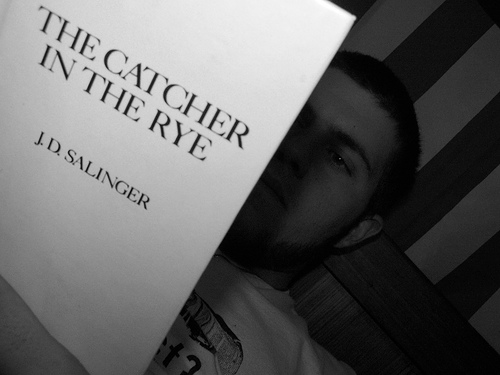


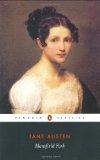


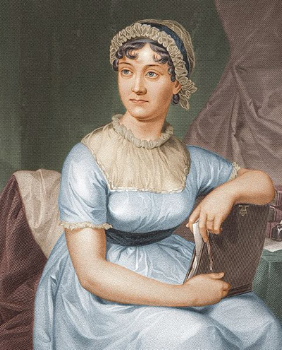
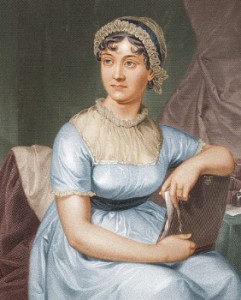
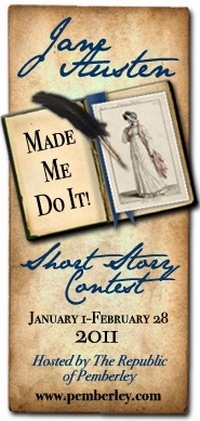 You might also be interested in the Jane Austen Made Me Do It Short Story Contest, hosted by the
You might also be interested in the Jane Austen Made Me Do It Short Story Contest, hosted by the